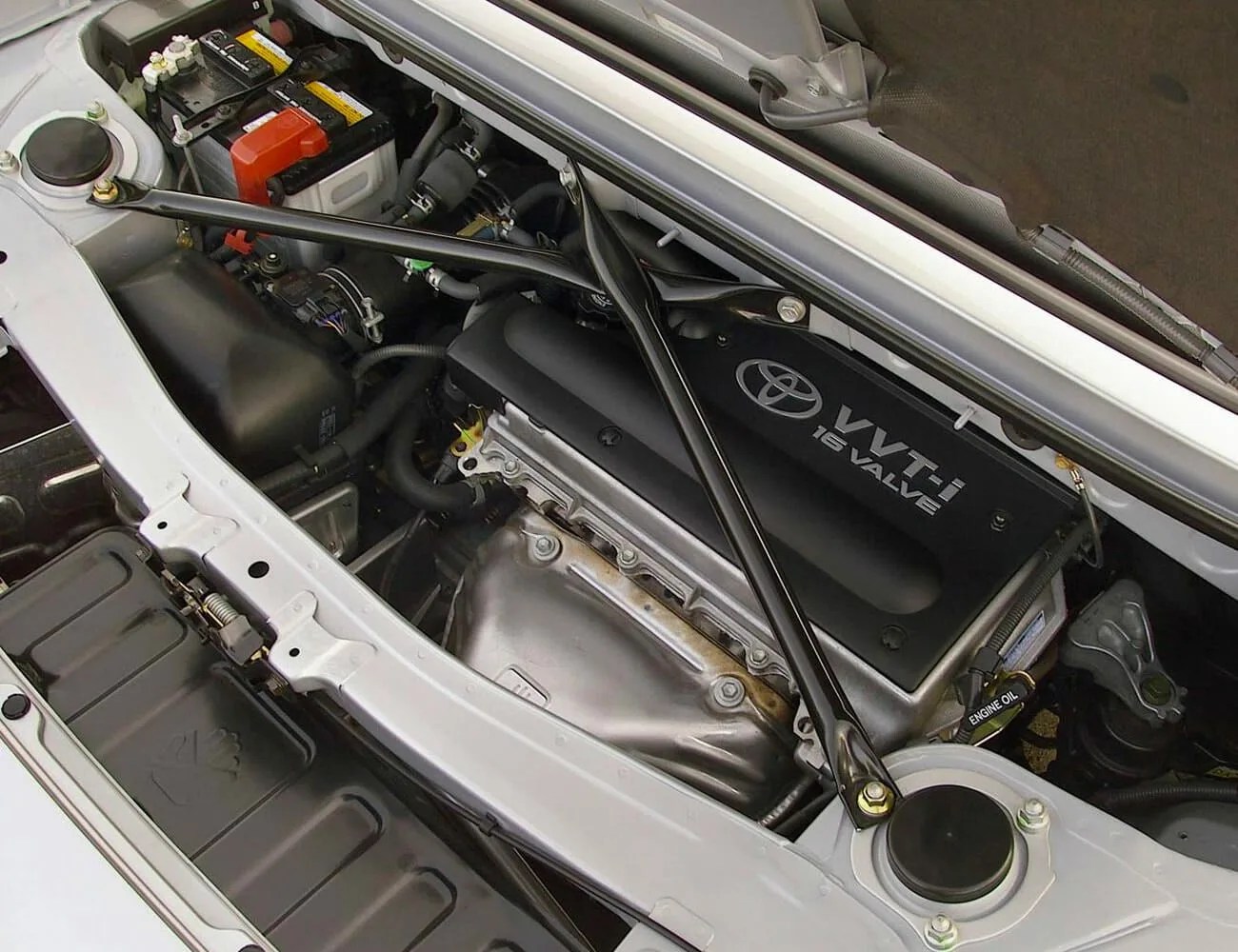What if I told you that you could buy a reliable, mid-engine sports car for just a few thousand dollars? You might think I’m talking about the Pontiac Fiero (and point and laugh). I am not. You might think I’m talking about the first or second generation MR2. You’re close, but both aren’t as reliable as you’d think and they’re increasingly becoming expensive collector’s items. No, I’m talking about the MR2 Spyder, the oft-forgotten third generation MR2 produced from 2000 to 2007.
The Spyder is the unloved son of the bunch and there are probably a few reasons for that. It forewent the iconic pop-up headlights for big, sort of frog-like headlamps and the roof was done away with completely (no t-tops here). There was no artificially aspirated version, either, unlike the first gen that was made available with a supercharger and the second gen that got a turbo. Moreso, we have yet to become truly nostalgic for the Spyder’s era, not in the way we have for sports cars of the ’80s and ’90s.
But the MR2 Spyder was the end of an era. There wasn’t another small, affordable mid-engine sports car that came after it and there probably never will be. Modern safety regulations would never really allow for that. There’s a good chance more people will catch on to that fact, so it’s worth considering buying one now while you can still get it dirt cheap. Before you do, though, here’s everything you should know.
Performance
Let’s consider the MR2 Spyder next to is contemporary from the time, the NB Miata. Though the MR2 had less horsepower from its naturally aspirated inline-four (138 hp compared to the Miata’s 140), it was around 150 pounds lighter, proving an even better power-to-weight ratio than the golden standard for small sports cars. It was a couple inches shorter than the NB, but has a wheelbase more than seven inches longer, its wheels pushed as far the corners as possible. This, according to Car and Driver, helped provide a more stable handling experience than the two previous iterations of the MR2 that were notoriously prone to snap-oversteer.

Performance-wise, a 2001 Motor Trend review pitted it head to head with the Miata and found it to outperform in acceleration, braking and in a slalom. According to the author, Matt Stone, “When pushed, the MR2 tends to pivot more around its mid-point; when the back comes around to the left, the front is moving to the right at the same time, as if a big push pin were stuck right through the floor… this is an amazingly sophisticated chassis, considering its price.” Stone went on to praise the car’s responsive steering and feel, though ultimately he said he thought the Miata was ultimately more fun. Still, there’s no getting around the MR2’s handling prowess.
Unlike previous versions of the MR2, the Spyder only came with one engine, and it was a modest one: the 1ZZ-FED, a 1.8-liter naturally-aspirated four cylinder. It is, essentially, a slightly more powerful version of the 1ZZ engine you’d find in a Corolla or most other Toyota’s from the time. That came coupled to your choice of either a traditional five-speed manual transmission or a six-speed automated manual transmission. To be clear, this not an automatic with a manual mode like many modern transmissions; it’s a sequential manual (thus no H-pattern) with an automatic clutch and no third pedal. Either way, the Spyder had a claimed 0-60 time of 7.2 seconds, so while it wasn’t exactly a powerhouse, by all accounts its fun to push to the limit, like a Miata or Toyota GT86.

